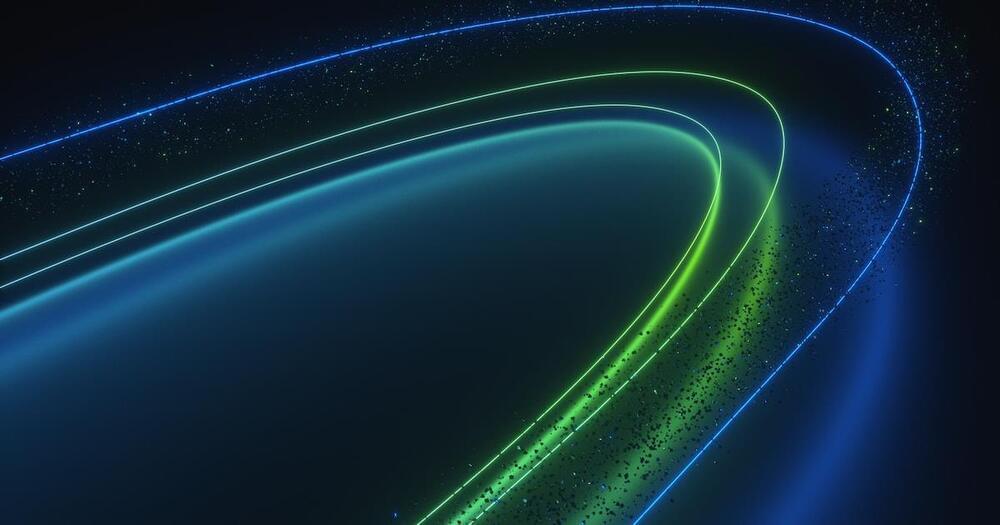Plenty of potential solutions have been put forward to deal with the problem, but they all face a similar problem at the first step: how to track the debris they’re attempting to eliminate. Enter a new idea from researchers in Iran — using a novel type of radar to detect and track space debris before it becomes a danger.
The novel type of radar is called inverse synthetic aperture radar, or ISAR. As one might expect from the name, it’s the opposite of synthetic aperture radar (SAR). SAR has become much more prominent lately, especially by satellites attempting to collect data about the Earth, especially terrain data that might be useful for geospatial mapping.
SAR uses the motion of its platform (i.e., a satellite) to recreate a larger, “synthetic” aperture by using the area the platform covers as it moves compared to the object it is imaging as its aperture size. That might sound confusing but think of it as a way to take multiple images of an object from different angles and then reconstruct a single three-dimensional image from those combined images.










Comments are closed.